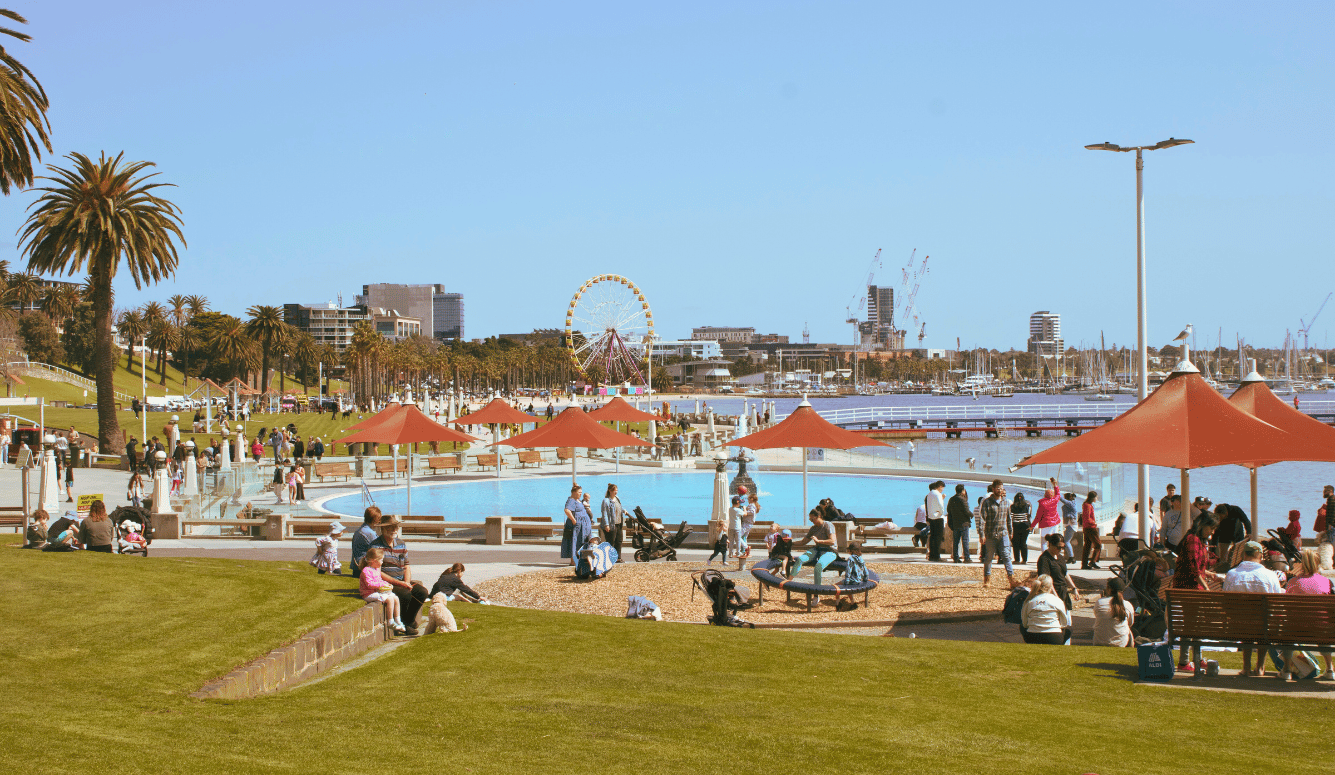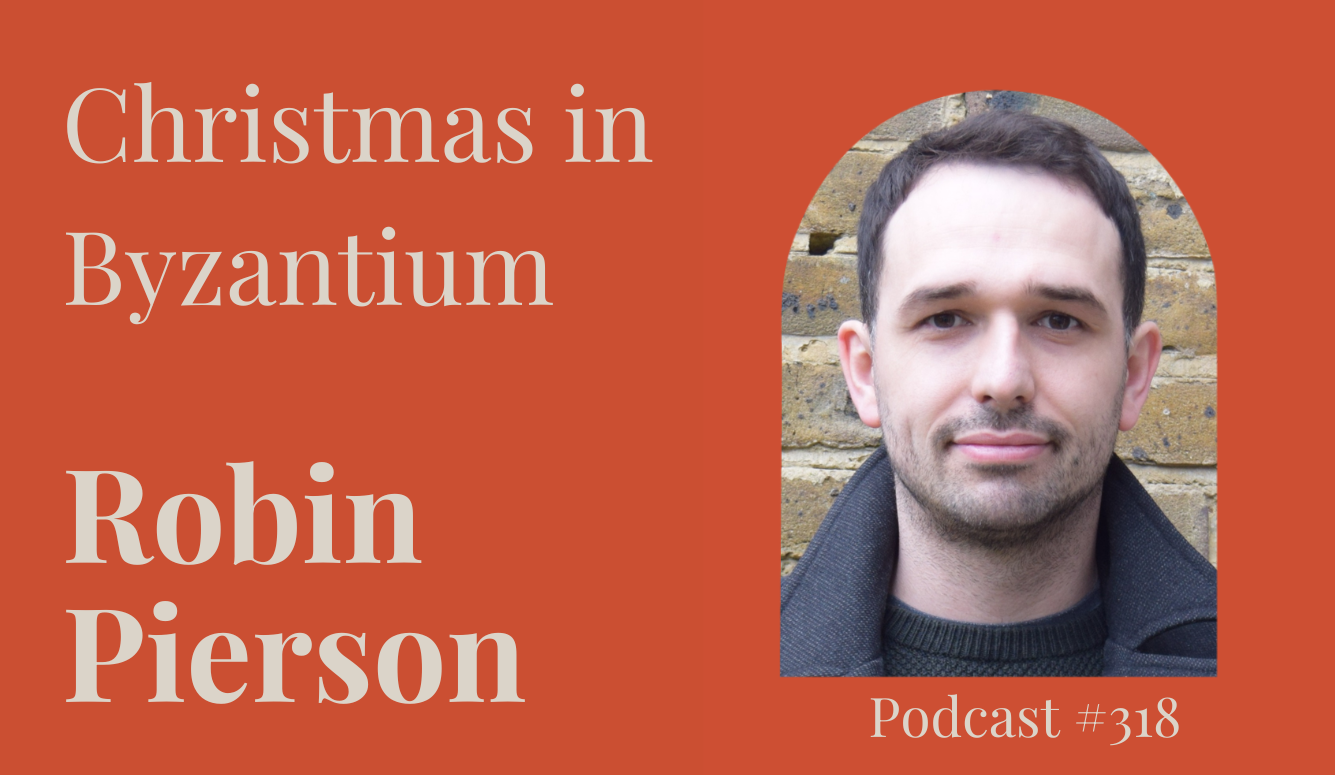Australia
Australia Needs More Capital Cities
Just as the Dutch reclaimed physical land to build the Netherlands, Australia should reclaim political land by creating new states to ease the country's housing crisis.

There’s a saying: God created the world, but the Dutch created the Netherlands. On one measure, some seventeen percent of the country is reclaimed. But for the dykes and other works that keep the sea from inundating the land, sixty-five percent of the country would be underwater at high tide. Historically, when the Dutch needed more land, they built a windmill to pump water away, narrowed a body of water, or drained a marsh to make a polder. Centuries ago, they created water boards to govern the protection of the new land. Participation in the water boards was and continues to be the responsibility of local residents. Perhaps this is the source of the Dutch people’s strong democratic ethos.
What can Australia, in its current housing crisis, learn from the history of the Dutch? Given Australia’s large land mass, it doesn’t seem intuitive that we might need to reclaim land. And while we might not need to do it physically, there’s an argument that in order to address our housing supply shortage, we need to reclaim land politically.
The Dutch knew what to do. After a few decades of draining and cultivating, you have a new viable land mass, which, after a few more decades of population growth, needs its own political entity. This is essentially an abridged account of the coming into being of the Netherlands’ most recent province, Flevoland, in 1986. So while the Dutch reclaim physical land, they also create new jurisdictions—after all, the inhabitants of new polders should be responsible for the upkeep of their land, lest they succumb to the sea.
At the time it was included as a province in 1986, Flevoland’s population was less than 200,000. It has since more than doubled in size to over 440,000. New land combined with local autonomy gets results. So much so that Flevoland’s affordable housing programs of the 1980s have now been replaced by regular house price increases well above the national average—which leads to the observation that the Dutch need to make more of the Netherlands.
Creating new political entities might prove to be the solution to Australia’s housing supply shortage. Think tank The Centre for Independent Studies claims that up to 37 percent of the cost of a new apartment in Sydney can be attributed to planning restrictions (the figure was 68 percent in 2020). Its chief economist Peter Tulip promotes addressing housing supply through infill—that is, densification of existing cities to match demand. But what would the Dutch do? Would they destroy the cityscape of central Amsterdam with nine-storey-plus monoliths—perhaps just sparing a few canals for the tourists? No, they wouldn’t. Because heritage buildings are often the only thing that makes a city unique and beautiful and worth living in, it’s worth resisting the temptation to create some example of bland internationalism.





